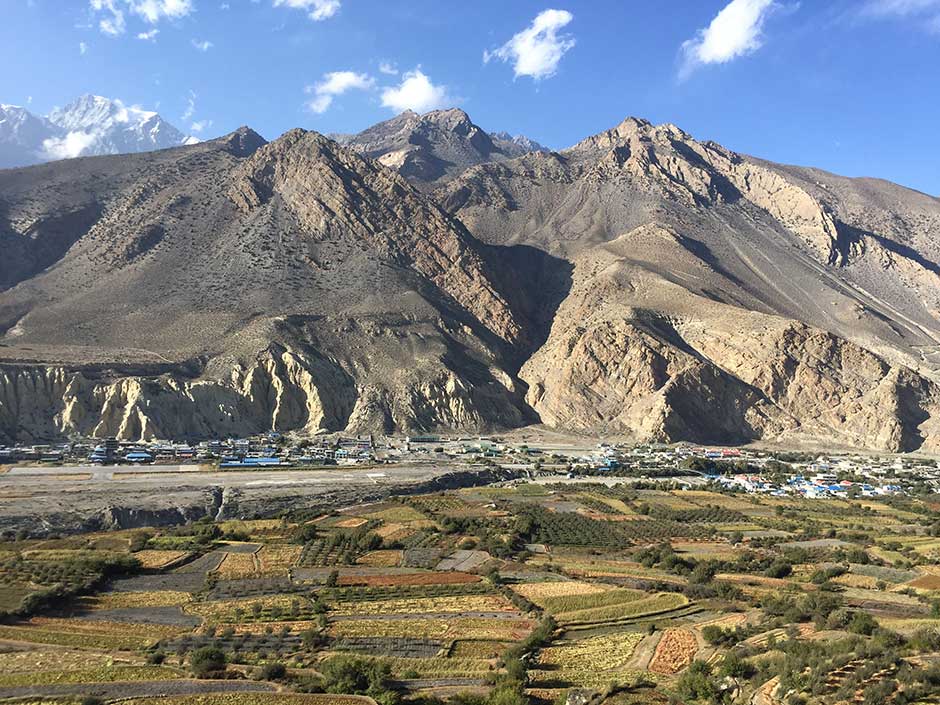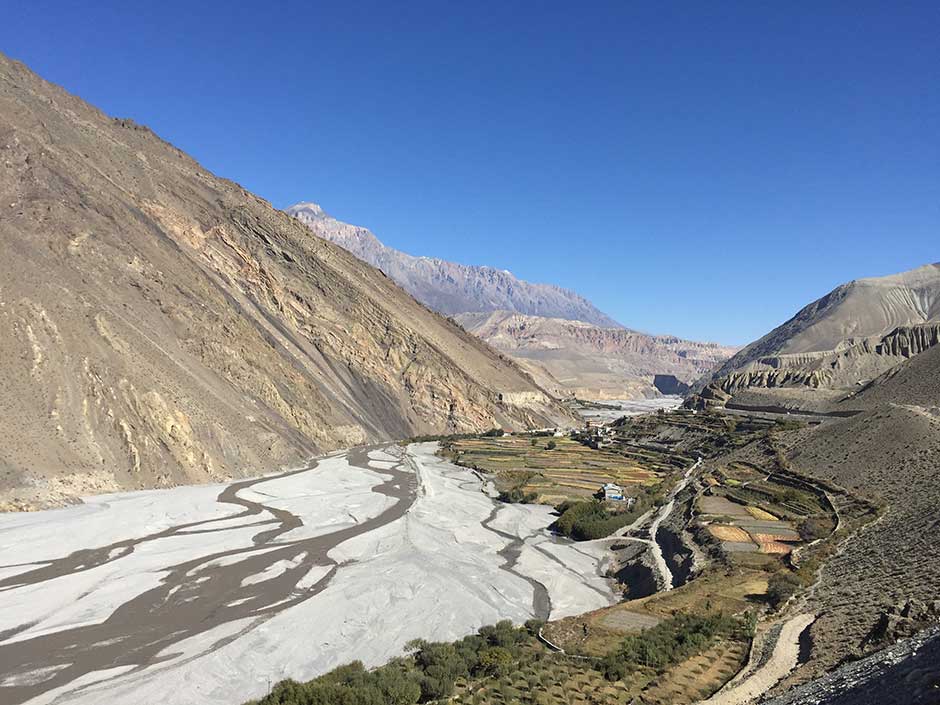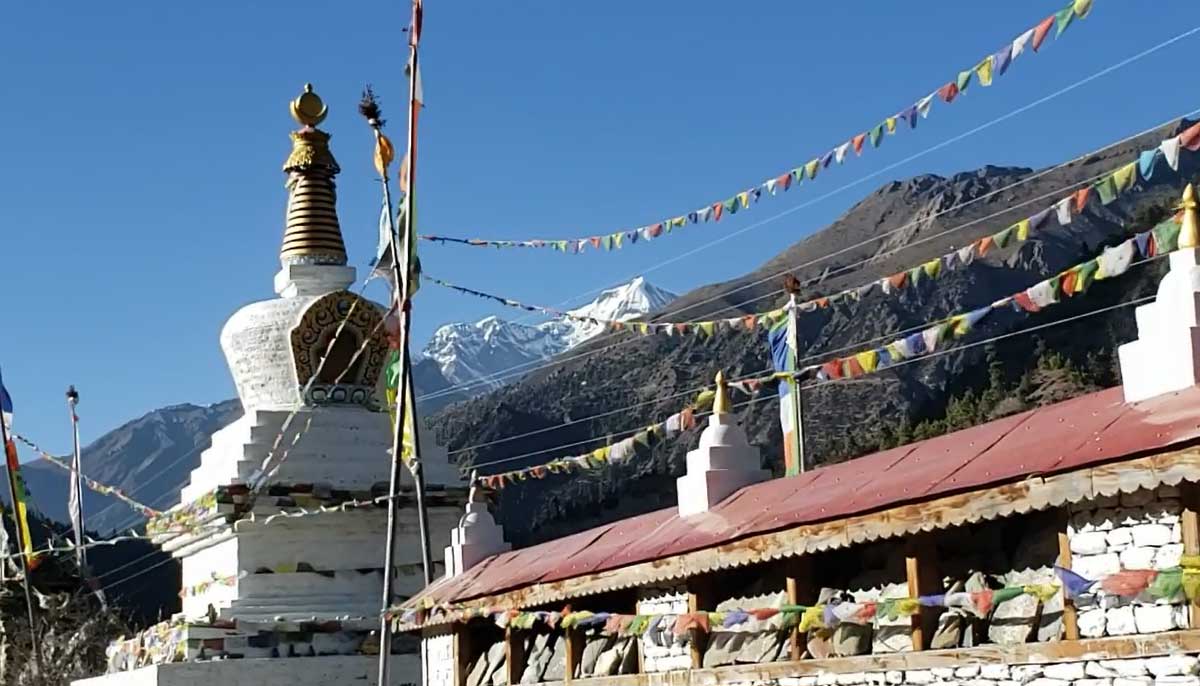Shangri-La: Everything You Need to Know in 2025
Last Updated: January 01, 2025
TweetKey Takeaways
Shangri-La, a captivating term derived from the enchanting realm of fiction, finds its origins in the illustrious novel Lost Horizon. Crafted by the ingenious British author James Hilton and brought to life on the silver screen not once, but twice, this ethereal name resonates with the allure of a mystical Eastern haven. In 1937, the visionary Frank Capra breathed life into this extraordinary tale, while in 1973, the esteemed Charles Jarrott masterfully recreated its magic. With its mere mention, Shangri-La effortlessly conjures images of an exotic and beguiling destination, captivating the imagination with its enigmatic charm.
Ganden Songtsenling Monastery
The magnificent Ganden Songtsenling Monastery, a symbol of spiritual wisdom, was built in 1674 under the guidance of the respected fifth Dalai Lama. Drawing inspiration from the splendor of the Potala Palace in Lhasa, this holy refuge remains a revered center of spirituality for 700 dedicated Tibetan monks and lamas.
What’s the meaning of Shangri-La?
Shangri-La epitomizes the fabled realm of a bygone utopia, frequently believed to have resided within the mystical lands of Tibet. In contemporary times, nestled amidst the resplendent Himalayas, the enchanting nation of Bhutan, poised gracefully between Tibet and India, has earned the illustrious title of "the ultimate Shangri-La on our terrestrial sphere." This distinction is bestowed upon Bhutan owing to its awe-inspiring terrain, teeming with opulent natural wonders and an abundance of vibrant flora and fauna. The esteemed inhabitants of this ethereal realm affectionately refer to their cherished homeland as "Druk Yül," a poetic homage to the mythical Dragon Land.
What is the myth of Shangri-La?

Tibet has long been depicted as a mysterious and perilous realm in the minds of Westerners. Its uncharted terrain and enigmatic allure have captivated the imagination of many. Those who journey to Tibet are compelled to regale others with tales of their remarkable findings.
Please click here to get the complete details on available programs, activities, duration, cost, benefits and the rest of it.
Get More Info Now »
Following China's opening of Tibet to the world, a relentless influx of mass tourism has ensued, sparking a flood of literary creations. Numerous books have been published, featuring beautifully poetic titles that capture the stories of daring adventurers. It becomes clear that Tibet is divided into two distinct realms: the physical Tibet, known as geographical Tibet, and the mystical Tibet, which holds its own irresistible charm.
Shangrila, the mythical lost paradise
Embarking on a journey to Shangri-La from Spain presents a formidable task, requiring intricate navigation through a complex web of flight connections. Unfortunately, direct flights to the mystical lands of Shangrila or its capital, Kunming, remain a far-off aspiration. The odyssey begins in Madrid, where travelers must undertake a sequence of up to three connecting flights. Prepare for a voyage that entails close to 20 hours of flight duration, with the added consideration of extended layover times at each airport, further stretching the overall travel time.
After a thorough exploration of different airlines, the finest combination found is China Southern Airlines. This exceptional itinerary commences with a luxurious Air France flight from Madrid to Paris, smoothly transitioning to a 12-hour Paris-Canton flight. The journey culminates with a leg to Kunming, the lavish capital of Yunnan. The total price for this unmatched adventure is only 525 euros.
Where is Shangri-La in the World?
The latest Shangri-La establishment sits majestically at an altitude exceeding 3,000 meters along the fabled tea horse trade route linking Yunnan to Tibet and India.
The Origin of Shangri-La
The idea of Shangri-La originates from a legendary domain, beautifully portrayed in the celebrated literary work, Lost Horizon. Penned by the esteemed British author, James Hilton, this captivating novel was introduced to the public in 1933.
Shangri-La in Films
The illustrious term Shangri-La has been immortalized on the silver screen not once, but twice, bearing the same name. The first cinematic rendition, crafted under the masterful direction of Frank Capra in 1937, captivated audiences with its enchanting portrayal. Decades later, in 1973, the visionary Charles Jarrott breathed new life into this ethereal realm, leaving an indelible mark on the annals of cinema.
Please click here to get the complete details on available programs, activities, duration, cost, benefits and the rest of it.
Get More Info Now »
Shangri-La Myth
In the novel Lost Horizon, Shangri-La is portrayed as a captivating and peaceful haven, carefully managed by a lamasery situated in the western parts of the Kunlun Mountains. The residents of Shangri-La enjoy near-immortality, living far beyond the lifespans of regular individuals, with their aging appearing almost unnoticeable.
Description of Shangri-La

Lost Horizon portrays Shangri-La as an ethereal and serene sanctuary, gracefully overseen by a lamasery nestled amidst the majestic Kunlun Mountains.
The People of Shangri-La
The inhabitants of Shangri-La possess remarkable longevity, living for centuries beyond the average human lifespan and aging at an exceptionally gradual pace.
Facts about Shangri-La
Shangri-La as an Earthly Paradise
The term Shangri-La is often used to depict a heavenly oasis on Earth, a utopian sanctuary nestled in the majestic Himalayas where eternal bliss reigns supreme, shielded from the chaos of the external realm.
Nghe-Beyul Khembalung
The ancient Tibetan scriptures speak of seven sacred locations known as Nghe-Beyul Khembalung.
Shangri-La and the UNESCO World Heritage Site
Shangri-La serves as the entrance to the prestigious UNESCO World Heritage Site known as the “Three Parallel Rivers of Yunnan”. These majestic rivers - Yangtze, Mekong, and Saluen - gracefully wind their way through towering mountain ranges in perfect harmony. This national park is hailed as a sanctuary for a diverse range of plant and animal species, making it a true haven where one can luxuriate in the purest of air.
Summing Up: Shangri-La: Everything You Need to Know
In the realm of opulent travel experiences, the once-barren expanse nestled in the southwestern region of China has transformed into an exquisite haven for wanderlust seekers. This resplendent oasis, known as the new Shangri-La, gracefully perches at an elevation surpassing 3,000 meters along the fabled tea horse trade route that seamlessly links Yunnan, Tibet, and India.
Amongst its myriad of captivating allurements, the illustrious Ganden Songtsenling Monastery reigns supreme. Commissioned by the esteemed fifth Dalai Lama in 1674, this architectural marvel emulates the grandeur of his administrative abode, the revered Potala Palace in Lhasa. To this day, Ganden Songtsenling remains the spiritual nucleus for a congregation of 700 Tibetan monks and lamas, radiating an aura of profound divinity.
Please click here to get the complete details on available programs, activities, duration, cost, benefits and the rest of it.
Get More Info Now »








